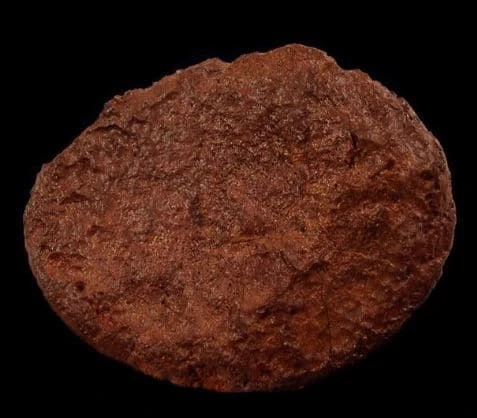Any fossil enthusiast would vouch for the fact that collecting fossils is only half the battle. It is very rare that you will find fossils that are so clean that they are fit to be placed in a collection without further work. There are some fossils that need mere brushing, while others require thorough treatment to remove the rock and debris that obscures the details of the fossil.
Not only does cleaning make it easier for you to study the fossils, but it also helps enhance the minute details such as cracks and crevices, only to reveal it in its full glory. Besides, when you have something with such historical value and delicateness, it deserves your utmost attention.
So let us take you through a few tips that will help you preserve and protect your fossils.
Clean Them Storing
The first step to preserving your fossils is to clean them by brushing off any debris or residue. As we have already established, fossils are rarely found clean enough to be stored as it is, so cleaning them with a soft brush is imperative. The pre-storage cleaning depends on where the fossils were found. If found on land, cleaning with the brush would be sufficient, but for those discovered from a sea setting, use a mild solution of bleach and water. To remove salt residue from your fossils, soak them in the bleach and water solution and then gently brush away the debris.
Fix the Broken Parts
Finding fossils with cracks and certain broken parts should not surprise you, as fossils are millions of years old, which makes them susceptible to such damages. In fact, most fossils that you will find will have broken or missing parts, so to ensure that whatever’s left of the fossil remains intact, it’s vital to put every broken piece together and glue them. In an attempt to fix the broken pieces, make sure you handle the fossil with utmost care and only apply the glue where it is needed.
Polish Them
To thoroughly remove any debris from the surface of the fossil, you can also polish them. It is mostly about making successive passes with abrasives to remove scratches and bring a shine to the fossil surface. For polishing your fossils, you can start by sanding their surface, even using 100-grit wet and dry sandpaper. Once all the depressions are removed, rinse it off with clean water. You can make your own polish by adding water to 1 tsp of aluminum oxide polishing compound to create a paste. Smear a small amount of this paste on the surface of your fossil and buff it using a leather pad.
If you are looking for an Ankylosaurus fossil for sale or any other fossil, you can check out the wide collection of fossils at Buried Treasure Fossils.
Author’s bio- The author runs an online fossil store, and this article is about preserving fossils.



